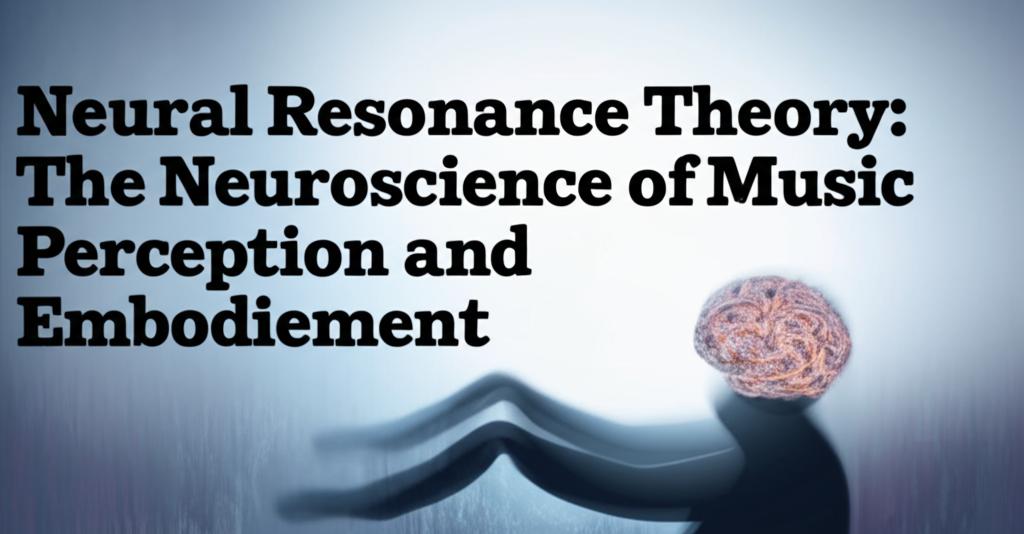Recent research highlights that our experience of music isn't just about hearing sounds; it's a profound, physical phenomenon where our brains and bodies actively resonate with the music. This concept, known as Neural Resonance Theory (NRT), suggests that our perception and enjoyment of music, including its rhythm, melody, and harmony, arise from natural oscillations within our brains and bodies that synchronize with the musical input.
This theory challenges older ideas that focused on learned expectations or predictions in music perception. Instead, NRT proposes that the connection is more direct: our brains and bodies physically embody the music's structure. This resonance is thought to shape not only our sense of timing and the pleasure we derive from music but also our instinctive urge to move to the beat.
How Neural Resonance WorksThe core idea of NRT is that neural oscillations—rhythmic patterns of brain activity—synchronize with the various elements of music. This isn't limited to the auditory cortex, which processes sound. Instead, it's a widespread phenomenon across multiple brain regions and even extends to the spinal cord and limb movements. This means that music perception is a full-body experience.
Key aspects of music, such as pitch, harmony, melody, tonality, rhythm, meter, the feeling of "groove," and the emotions music evokes, can all be understood through these fundamental dynamical principles of brain mechanisms. The theory posits that common musical structures found across cultures, like a steady pulse or consonant harmonies, correspond to stable resonant patterns in the brain, which are shared among people regardless of their musical background. This might explain the universal appeal of music.
Embodiment and MusicNRT strongly aligns with the concept of embodiment, which emphasizes the role of the body in cognition. When we listen to music, it's not just our ears that are engaged. Our motor systems are also activated, even when we're listening passively. This explains why we tap our feet, nod our heads, or feel the urge to dance. Our bodies are, in a sense, "becoming" the music.
This embodied experience is crucial for how we perceive and interact with music. For example, the phenomenon of entrainment, where our body rhythms synchronize with a musical rhythm, is a clear example of this physical resonance. This involves sensorimotor prediction and adaptation mechanisms supported by various neural circuits.
Implications and Future DirectionsThe insights from Neural Resonance Theory have far-reaching implications:
- Therapeutic Applications: NRT could enhance music therapy for conditions such as stroke, Parkinson's disease, and depression by providing a clearer understanding of how rhythm-based interventions work and allowing for more tailored treatments.
- Education: The theory could inform new learning technologies to help individuals better grasp rhythm and pitch by leveraging an understanding of neural resonance.
- Artificial Intelligence: NRT could contribute to the development of emotionally intelligent AI that can generate or respond to music in a way that is more human-like and resonant.
- Cross-Cultural Understanding: By identifying shared biological roots of musical expression, NRT can offer insights into why music is a powerful connector of people across different cultures.
- Understanding Human Cognition: Music, with its rich structure and profound impact, serves as a valuable tool for studying broader cognitive processes like perception, memory, attention, and emotion.
Modern neuroimaging techniques, such as fMRI and MEG, continue to provide deeper insights into the brain areas and networks involved in music processing, further supporting and refining theories like NRT. The ongoing research emphasizes that music is a multifaceted human experience, deeply intertwined with our cognitive and emotional lives, and fundamentally rooted in the resonant capacities of our nervous system.

